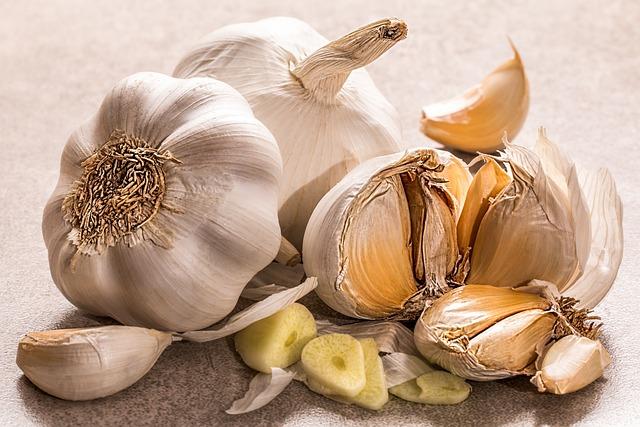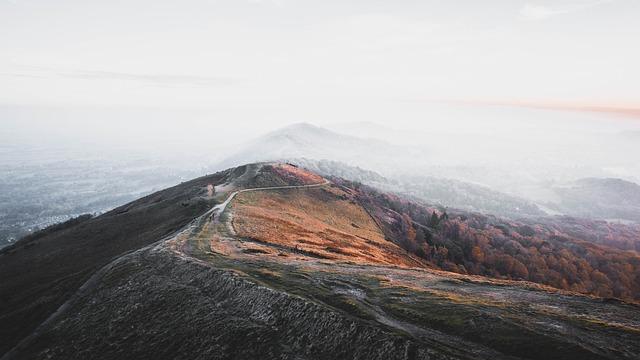Have you ever found yourself tapping your foot or swaying to a song, caught in its captivating rhythm without even realizing it? That irresistible magic often comes from a musical element known as the “vamp.” But what is this elusive ingredient that can elevate a melody from ordinary to extraordinary? Picture it like the secret sauce in your favorite dish; it’s the component that ties everything together, adding depth and flavor. In this article, we’ll dive deep into the world of vamps—their origins, their roles in different genres, and how they can transform a simple tune into an unforgettable experience. Join us as we unravel this intriguing aspect of music, which might just be the secret ingredient that sparks your love for a tune all over again.
Exploring the Emotional Core Behind the Vamp in Music
When you dive into the world of music, one of the elements that seems to bridge emotions to auditory experiences is the vamp. It’s that repeated musical phrase that wraps itself around you like a warm blanket on a chilly evening. Imagine walking into a dimly lit jazz club, the air thick with anticipation, and you hear that familiar vamp kicking in. It’s like the heartbeat of the piece, setting the emotional stage and allowing the musician to explore deep feelings. It captures the essence of longing, nostalgia, or even joy, giving the performer a chance to express uniquely through improvisation. Everyone knows that feeling of tapping your foot to a steady groove. Well, that’s the vamp—a foundation that suggests a dance between predictability and surprise.
At its core, the vamp offers a structure that invites emotional exploration. Musicians can weave in and out of familiar territory, like a painter who revisits a beloved scene, each time adding new layers and colors. Think about it: when you hear a simple chord progression persistently repeating, your mind starts to wander, creating space for the unexpected variations and dynamics to shine through. Here are some ways vamps shape the emotional landscape in music:
- Repetition: It builds a sense of familiarity, creating a safe space to journey deeper.
- Improvisation: Musicians can channel raw emotions, spark spontaneity, and engage in dialogue through their instruments.
- Contrast: The tension between the vamp and melodic lines draws listeners in, compelling them to feel more intensely.

Crafting the Perfect Vamp: Techniques and Tips for Musicians
When it comes to crafting a stellar vamp, it’s all about finding that sweet spot between simplicity and groove. A vamp is essentially a repeated musical phrase or progression that sets up a larger composition or section. Think of it as the foundation of a house—if the foundation is solid, everything built on top has a better chance of standing strong. To achieve that perfect vibe, consider the following techniques:
- Choose Your Chords Wisely: Start with two or three chords that complement each other and provide a strong emotional pull. Don’t shy away from experimenting with minor substitutions to add depth.
- Focus on Rhythm: Sometimes it’s the rhythm that makes a vamp unforgettable. Play around with syncopation or swing to create a compelling groove that invites improvisation.
- Keep It Open-Ended: Avoid closing your vamp too quickly. Leaving it open encourages musicians to explore and develop ideas, making the whole experience more dynamic.
Another way to elevate your vamp is to layer your instrumentation. Start with a simple piano line, then gradually add in bass, drums, or even a guitar. This gradual buildup can create a sense of anticipation that keeps listeners engaged. Consider using a simple table to outline the progression:
| Layer | Description |
|---|---|
| Piano | Establishes the harmonic foundation. |
| Bass | Adds depth and rhythm. |
| Drums | Creates a driving beat to enhance energy. |
| Guitar | Provides melodic embellishment and texture. |
Ultimately, remember that patience is key when perfecting your vamp. Like a good stew, it might take some time to simmer, but the end result will be a rich flavor that captivates both musicians and listeners alike.
The Role of Vamps in Song Structure and Composition
The concept of a vamp in music often acts like the glue that holds various sections of a composition together. Picture it as a musical bridge that connects ideas and brings continuity. Vamps usually consist of a simple chord progression that repeats, giving artists the freedom to experiment within that framework. This creates a space where musicians can explore improvisation, allowing the piece to evolve organically. Think of it like the warm-up lap before the big race; it sets the mood and gets the creativity flowing. It can serve various purposes, such as transitioning between verses and choruses, or even creating anticipation before a climactic moment.
Utilizing vamps adds an enriching layer to song structure. Not only do they give rhythm sections a chance to shine, but they also allow vocalists and instrumentalists the opportunity to play around with melodic ideas without the pressure of a rigid structure. This unique aspect can be a game-changer, revealing different moods and expressions within a piece. Imagine it like a painter’s canvas, where each stroke breathes life into the composition. The beauty of vamps lies in their versatility—they can be understated background elements or dynamic focal points. This leaves musicians with endless possibilities to craft engaging soundscapes that keep listeners hooked. Here’s a quick look at how vamps can vary:
| Type of Vamp | Description |
|---|---|
| Simple Chord Vamp | Consists of a repeated simple progression, typically lasting several bars. |
| Rhythmic Vamp | Focuses on a rhythmic pattern, providing a groove for improvisation. |
| Melodic Vamp | Involves a catchy melody or riff circling back, inviting variations. |

Vamps Across Genres: Discovering the Versatile Soundscape
When you dive into the world of music, you can’t help but be amazed by how one little concept can thread its way through various genres, creating a tapestry of sound that seems to connect everything. Think about it: whether it’s a catchy pop melody or a haunting jazz improvisation, vamps have this magical ability to set the mood. They’re like the secret sauce in a dish, enhancing flavors and adding complexity. You’ll find vamps weaving into the fabric of rock, helping guitar riffs soar higher, or laid lovingly beneath the smooth rhythms of R&B, giving it that signature groove. This versatility isn’t just an accident; it’s a deliberate craft that musicians use to evoke feelings, establish atmosphere, and invite listeners on a journey.
<p>But how does this work across different styles? Consider the following ways vamps express themselves:</p>
<ul>
<li><strong>Jazz:</strong> Vamps provide a foundation for soloists, allowing creativity to flow effectively.</li>
<li><strong>Blues:</strong> Repetitive vamps create a space for emotional storytelling.</li>
<li><strong>Rock:</strong> Vamps lift the energy, often leading into a powerful chorus.</li>
<li><strong>Pop:</strong> Catchy vamps can hook listeners and keep them dancing.</li>
</ul>
<table class="wp-table">
<thead>
<tr>
<th>Genre</th>
<th>Vamp Function</th>
</tr>
</thead>
<tbody>
<tr>
<td>Jazz</td>
<td>Improvisation Stage</td>
</tr>
<tr>
<td>Blues</td>
<td>Emotional Anchor</td>
</tr>
<tr>
<td>Rock</td>
<td>Energy Booster</td>
</tr>
<tr>
<td>Pop</td>
<td>Catchy Hook</td>
</tr>
</tbody>
</table>
Closing Remarks
As we wrap up our exploration of the elusive vamp—the secret ingredient that spices up musical compositions—it’s clear that this rhythmic foundation does more than just set the stage. It invites musicians and listeners alike into a world where creativity flows and improvisation thrives. Much like a well-seasoned dish, a good vamp enhances the overall flavor of a song, creating a savory experience that lingers long after the last note has faded.
So, the next time you find yourself tapping your feet or jamming along to your favorite tune, take a moment to appreciate the cleverly interwoven vamps that might not be in the spotlight but are essential to the music’s heartbeat. They’re the unassuming heroes behind the melodies, guiding the atmosphere and encouraging musicians to take a leap into the unknown. Isn’t it fascinating how something as simple as a vamp can unlock boundless creativity? As we continue our musical journeys, let’s keep listening closely and appreciating these remarkable cues that add depth and excitement to the art we love so much. Until next time, keep vibing to the rhythm that speaks to you!



